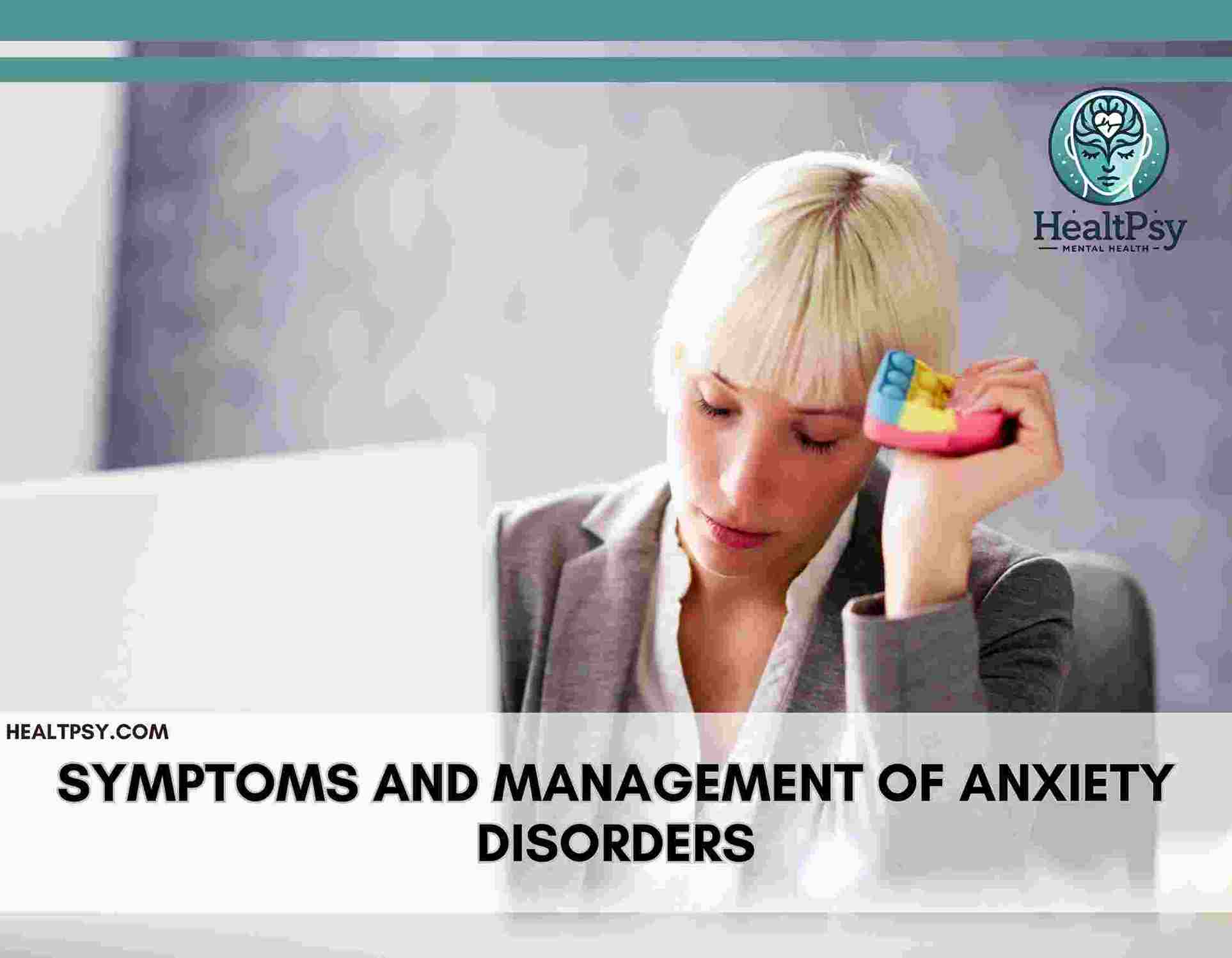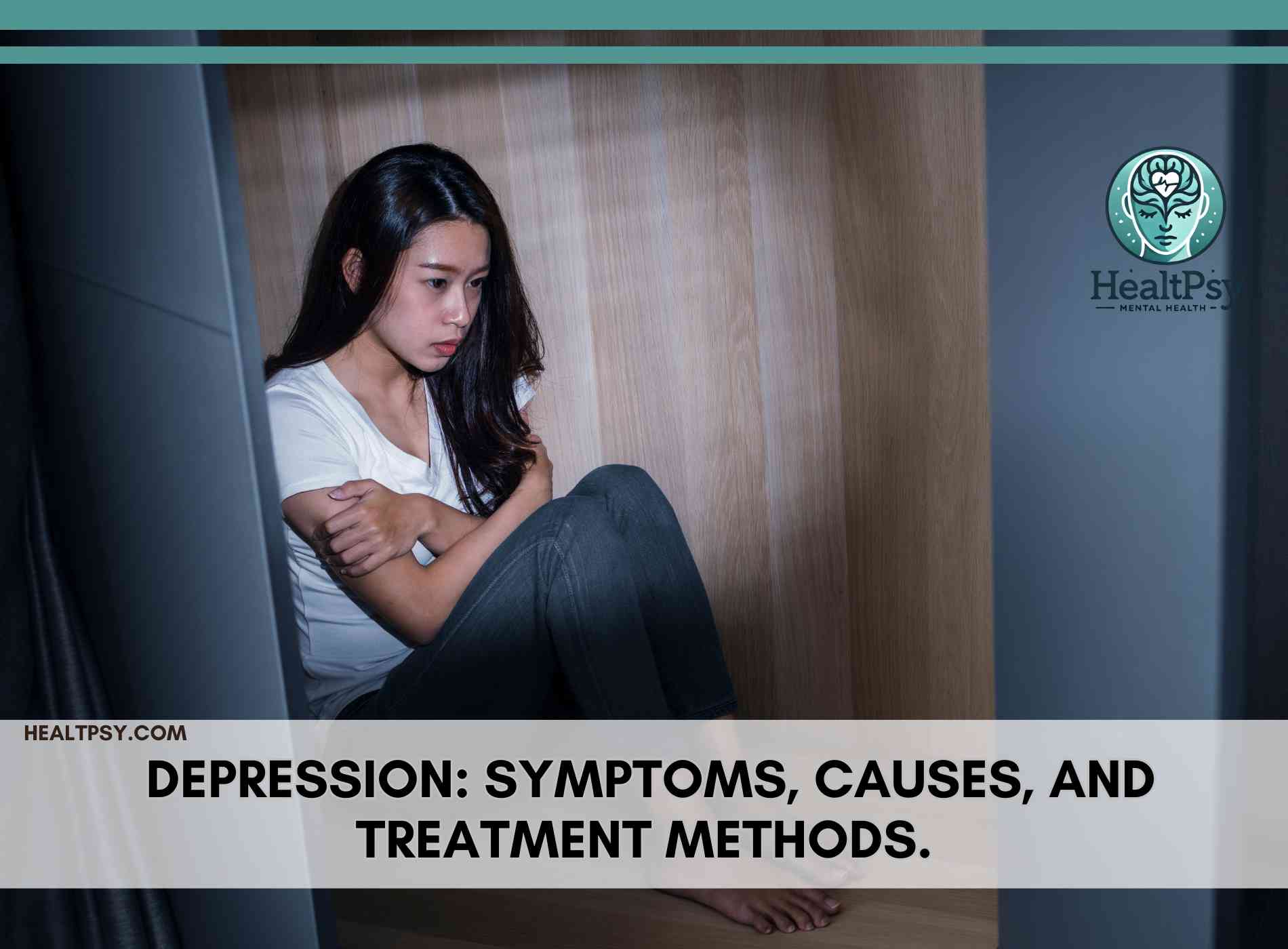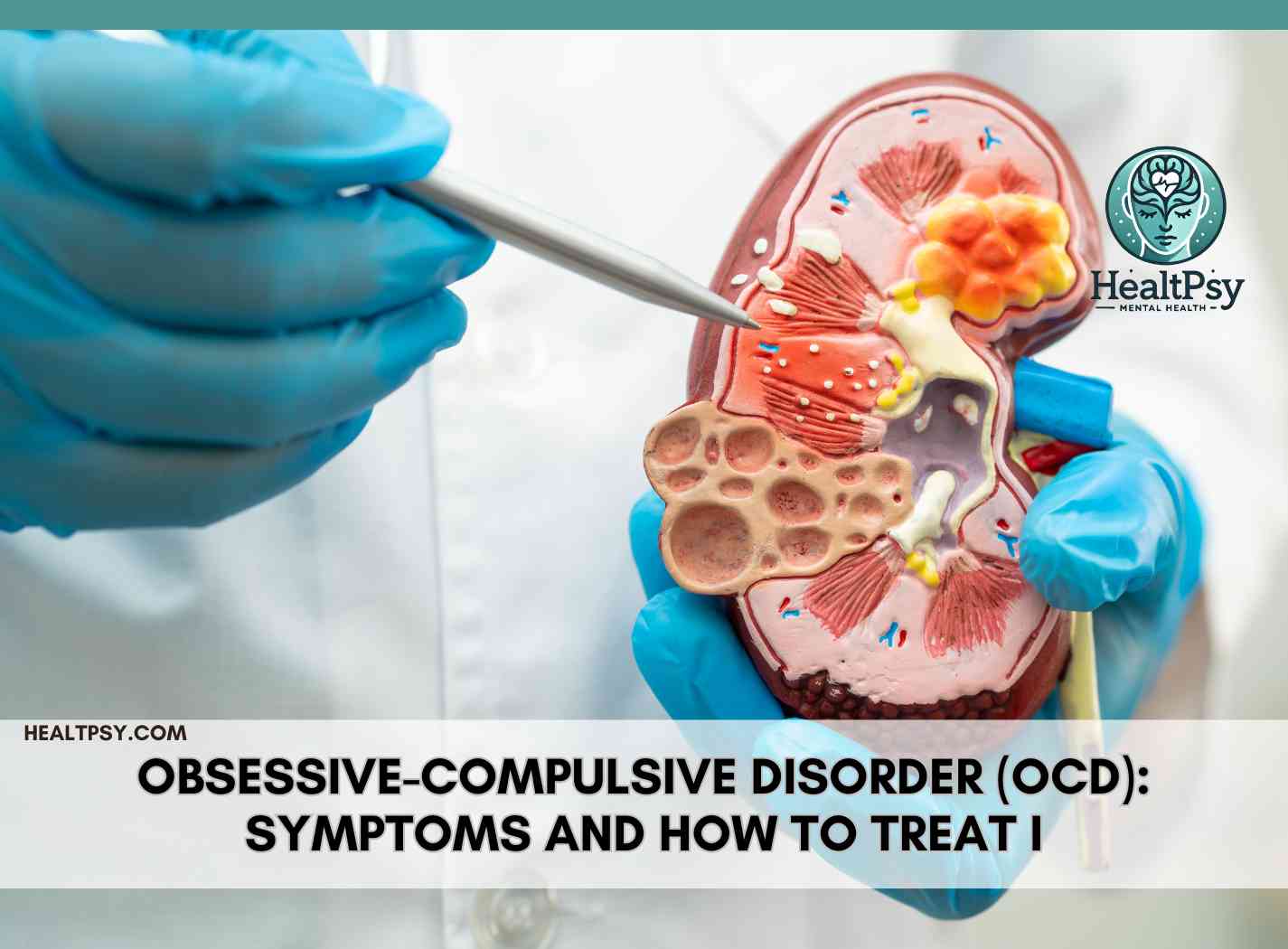7 Crucial Differences Between Persistent Depressive Disorder and Major Depression
Introduction
Persistent Depressive Disorder (PDD), also known as dysthymia, is a chronic form of depression that lasts for at least two years. While it shares many symptoms with major depressive disorder (MDD), dysthymia tends to be less severe but more persistent, affecting an individual’s mood, energy, and daily functioning over a prolonged period.
Understanding the differences between PDD and major depression is essential for accurate diagnosis and effective treatment. This article explores the key characteristics, symptoms, causes, and treatment options for persistent depressive disorder, comparing it to major depression.
📌 For more insights on mental health, visit our section on Common Mental Disorders.
What Is Persistent Depressive Disorder (Dysthymia)?
Persistent Depressive Disorder is a chronic but less severe form of depression. Unlike major depressive disorder (MDD), where symptoms can be intense but episodic, dysthymia presents a continuous low mood that persists for years.
Key Characteristics of PDD:
✔ Chronic low mood lasting at least two years (for adults) and one year (for children and adolescents).
✔ Milder symptoms compared to major depression, but long-lasting.
✔ Periods of major depressive episodes can still occur within PDD.
✔ Affects daily life, work, and relationships, but many individuals function despite the symptoms.
📌 For more information on depressive disorders, explore Managing Depression: Symptoms, Causes, and Treatment Methods.
Persistent Depressive Disorder vs. Major Depressive Disorder
Although both conditions involve depressed mood and emotional distress, they differ in severity, duration, and impact on daily functioning.
1. Duration
- PDD (Dysthymia): Symptoms persist for at least two years with no symptom-free period longer than two months.
- MDD: Depressive episodes last at least two weeks but may be episodic, with symptom-free intervals.
2. Severity of Symptoms
- PDD: Symptoms are chronic but milder, with low energy, pessimism, and poor self-esteem.
- MDD: Symptoms are more intense, including severe fatigue, suicidal thoughts, and loss of interest in daily activities.
3. Functional Impact
- PDD: Many individuals with dysthymia can still manage work and daily responsibilities, though with persistent emotional distress.
- MDD: Can lead to significant impairment, making it difficult to work, maintain relationships, or engage in self-care.
📌 For a deeper look at different types of depression, read Types of Psychological Disorders and How to Recognize Them.
Symptoms of Persistent Depressive Disorder
Core Symptoms of PDD
Individuals with dysthymia experience at least two of the following symptoms in addition to persistent low mood:
✔ Low self-esteem and feelings of worthlessness
✔ Fatigue and low energy
✔ Poor concentration and difficulty making decisions
✔ Changes in appetite (overeating or loss of appetite)
✔ Sleep disturbances (insomnia or excessive sleeping)
✔ Feelings of hopelessness
How Symptoms Manifest in Daily Life
- Individuals with PDD may function relatively well but feel persistently unhappy, unmotivated, or fatigued.
- The symptoms become part of their personality, making early diagnosis difficult.
- Without treatment, PDD can increase the risk of developing major depressive disorder or other mental health conditions.
📌 For additional resources on mental health symptoms, explore How to Recognize the Symptoms of Psychological Disorders.
Causes and Risk Factors of Persistent Depressive Disorder
1. Biological Factors
- Neurotransmitter Imbalance: Low levels of serotonin and dopamine contribute to persistent low mood.
- Genetics: Individuals with a family history of depression are more likely to develop PDD.
2. Psychological Factors
- Personality Traits: Individuals with a negative outlook on life or high levels of self-criticism are at greater risk.
- Chronic Stress or Trauma: Long-term stress, abuse, or neglect can lead to dysthymia.
3. Environmental Factors
- Social Isolation: Lack of a strong support system can worsen symptoms.
- Chronic Illness or Physical Health Issues: Long-term medical conditions can contribute to PDD.
📌 For more on mental health risk factors, check out The Impact of Social Support in Preventing Psychological Disorders.
Treatment Options for Persistent Depressive Disorder
1. Psychotherapy
✔ Cognitive-Behavioral Therapy (CBT): Helps individuals challenge negative thoughts and develop healthier coping mechanisms.
✔ Interpersonal Therapy (IPT): Focuses on improving relationships and communication.
✔ Mindfulness-Based Therapy: Encourages individuals to develop emotional awareness and stress management skills.
📌 For more therapy options, visit Types of Psychotherapy and How to Choose the Right One for You.
2. Medication
✔ Selective Serotonin Reuptake Inhibitors (SSRIs) (e.g., fluoxetine, sertraline) – commonly prescribed for PDD.
✔ Serotonin-Norepinephrine Reuptake Inhibitors (SNRIs) – used for individuals who do not respond well to SSRIs.
3. Lifestyle and Self-Care Strategies
✔ Regular Exercise: Boosts serotonin and dopamine levels.
✔ Healthy Diet: Reduces inflammation and stabilizes mood.
✔ Social Support: Building strong relationships can help manage symptoms.
✔ Mindfulness and Relaxation Techniques: Practices such as yoga, meditation, and deep breathing can improve emotional stability.
📌 For more self-care tips, read The Importance of Self-Care in Preventing Psychological Issues.
Conclusion
Persistent Depressive Disorder (Dysthymia) is a chronic but manageable condition that differs from major depression in duration and severity. While it may not be as intense as MDD, PDD significantly impacts long-term mental health and quality of life.
📌 Key Takeaways:
✔ PDD lasts for at least two years, while MDD occurs in shorter, more intense episodes.
✔ Symptoms are milder but persistent, making early diagnosis crucial.
✔ Treatment options include therapy, medication, and self-care strategies.
For additional mental health resources, check out Psychological Support and Therapy.
you might also like





